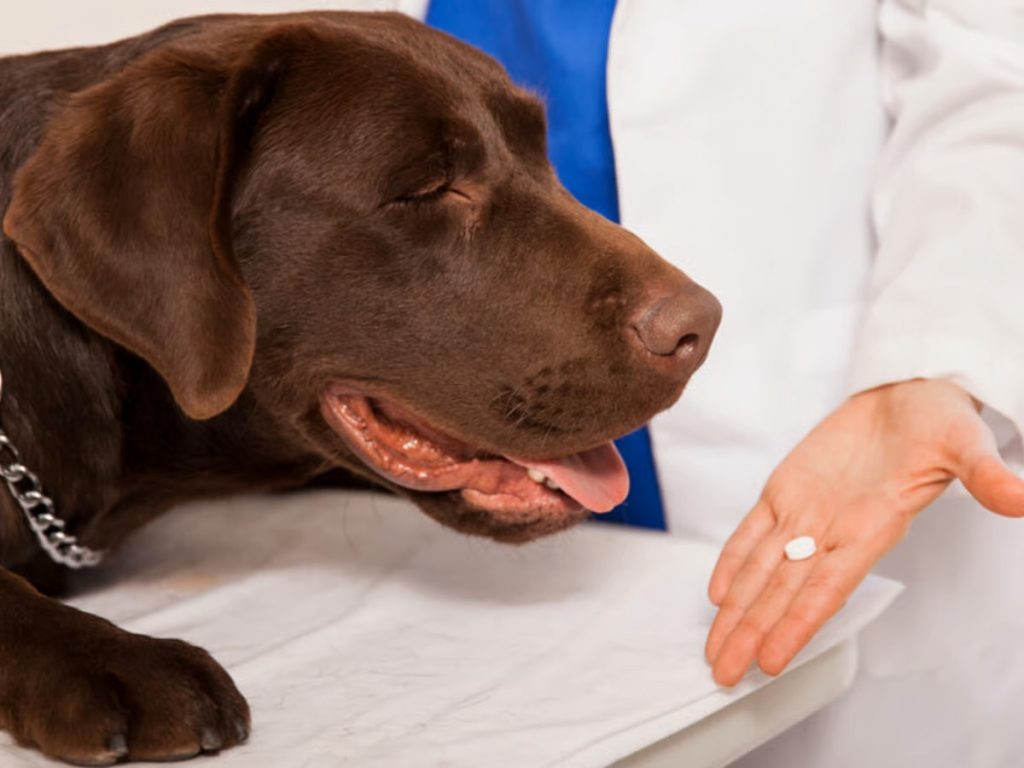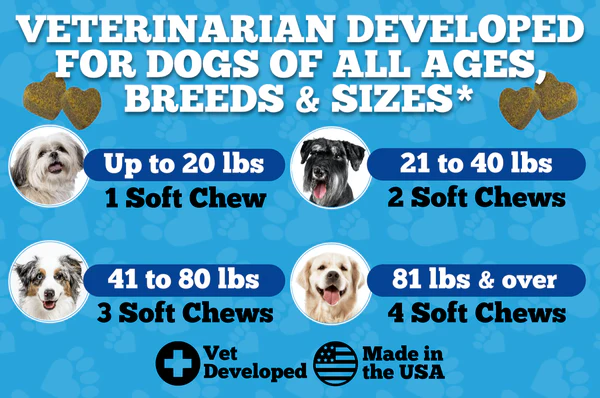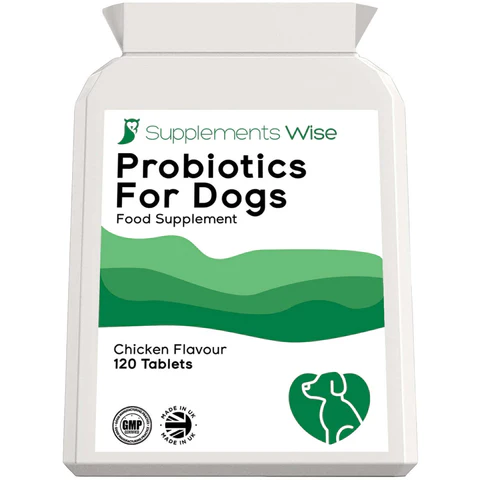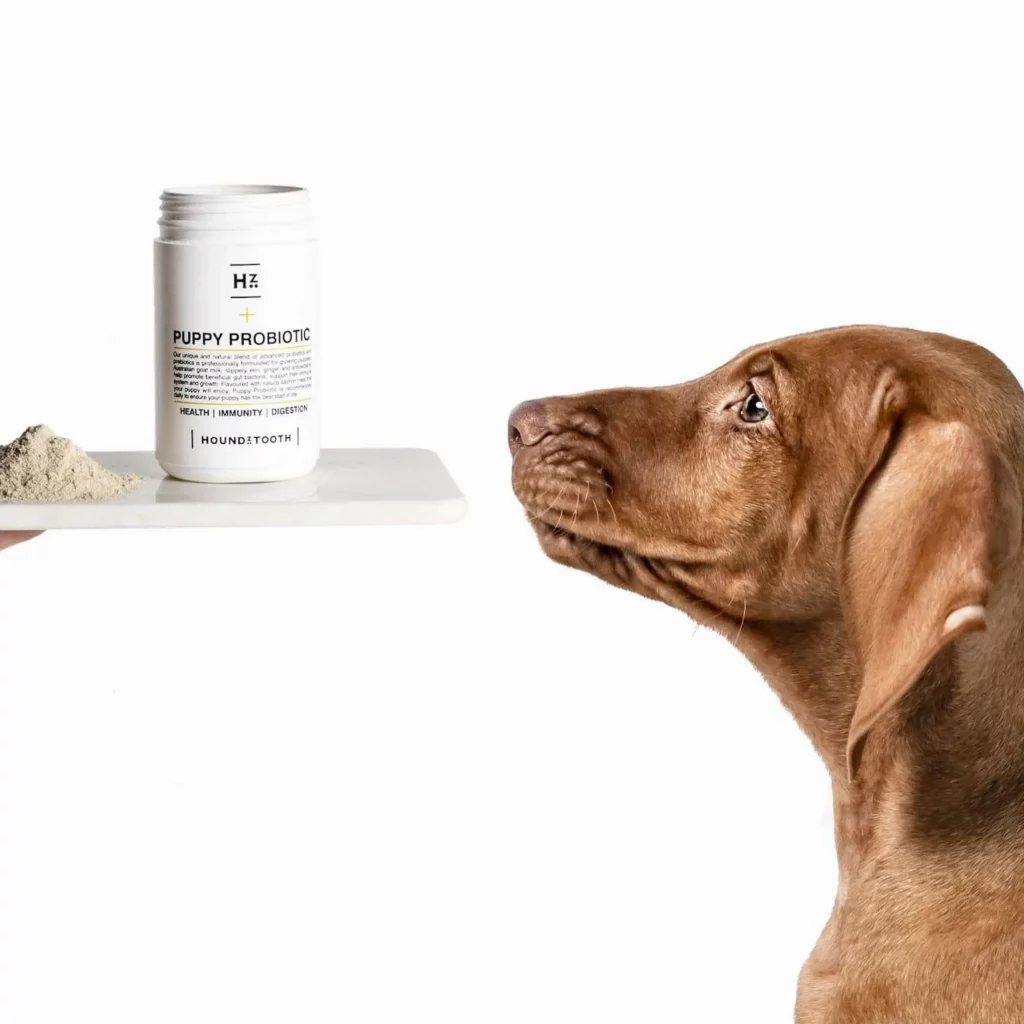Introduction
Probiotics are increasingly being recognized as valuable tools in supporting canine health—especially for digestion, immunity, and even stress. If you’re wondering how long it takes for probiotics to work in dogs, you’re not alone. This guide explores realistic expectations, timelines for improvements, and how to maximize results with proper use.
1. What Are Probiotics & Why Timing Matters
- Definition & Function: Probiotics are live, beneficial bacteria that help balance the gut microbiome and enhance digestion, immunity, and overall wellness.
- Why timing varies: Results depend on the dog’s health status, the probiotic strain, dosage, and how consistently it’s administered.

2. Expected Timeframes for Results
| Condition Type | Expected Improvement Timeline |
|---|---|
| Mild digestive upset | 1–3 days: firmer stools, less gas |
| General digestive support | 5–10 days: reduced GI symptoms |
| Immune or skin-related | ~4 weeks: improved immune/gut support |
| Anxiety/stress management | 6 weeks: behavior improvements via gut–brain axis |
Additional insights:
- Mild GI issues, like occasional diarrhea, may see improvement within a few days—or even the first 1–3 days.
- Products reputable for digestive use may deliver noticeable change in 5–10 days, but full effectiveness often takes 2–4 weeks.
- Immune system or skin-related benefits generally require about four weeks of consistent use to manifest.
- For stress and behavioral support, look for improvements after six weeks due to the entangled gut–brain relationship.

3. Factors That Affect How Quickly Probiotics Work
- Strain specificity: Certain strains (e.g., Enterococcus faecium SF68®, Lactobacillus, Bifidobacterium) target GI issues more effectively.
- Consistency: Daily administration increases chance of early benefits. Giving probiotics at the same time with a meal improves survival to the gut.
- Underlying health conditions: Chronic issues like IBD or allergies may take longer and require veterinary guidance.

4. How to Monitor Progress
- Digestive cues: Look for firmer stools, less gas, and improved appetite.
- Physical and behavioral signs: Watch for healthier skin, better coat, increased energy, or calmer behavior over time.
- When to adjust: If no improvement after 4–6 weeks, consult your vet for checkups or strain/dosage changes

Read more:
What Are Probiotics for Pets? Benefits & How They Work

Leave a Reply